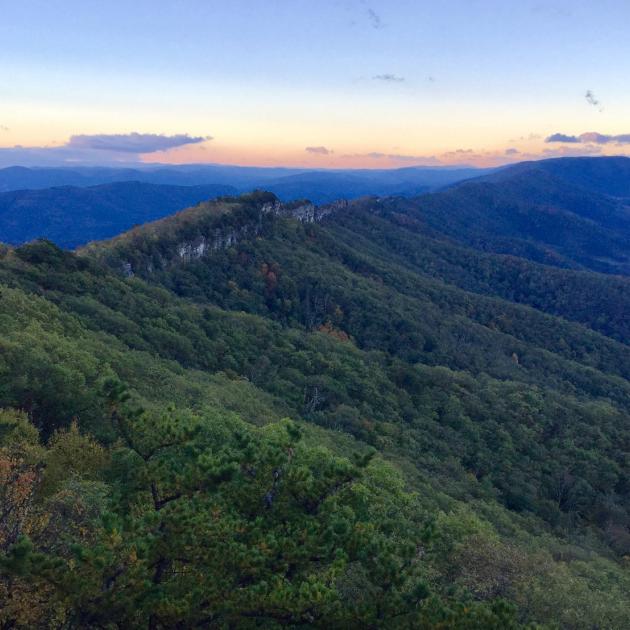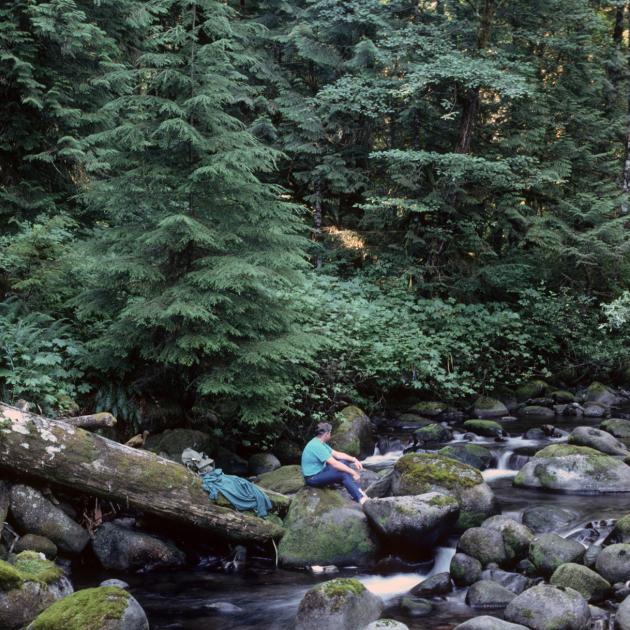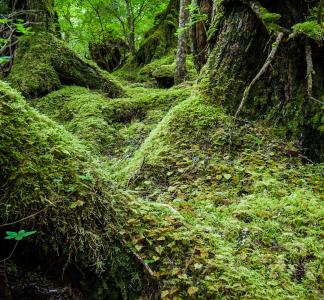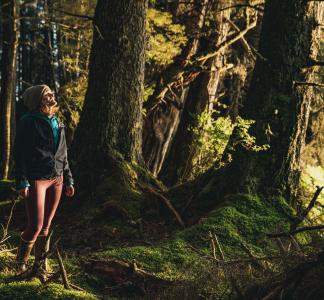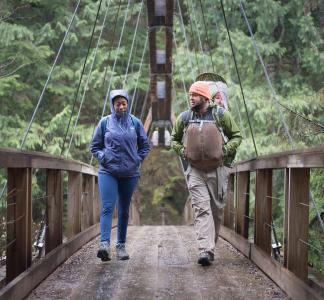House votes to make “roadless” forest protections permanent
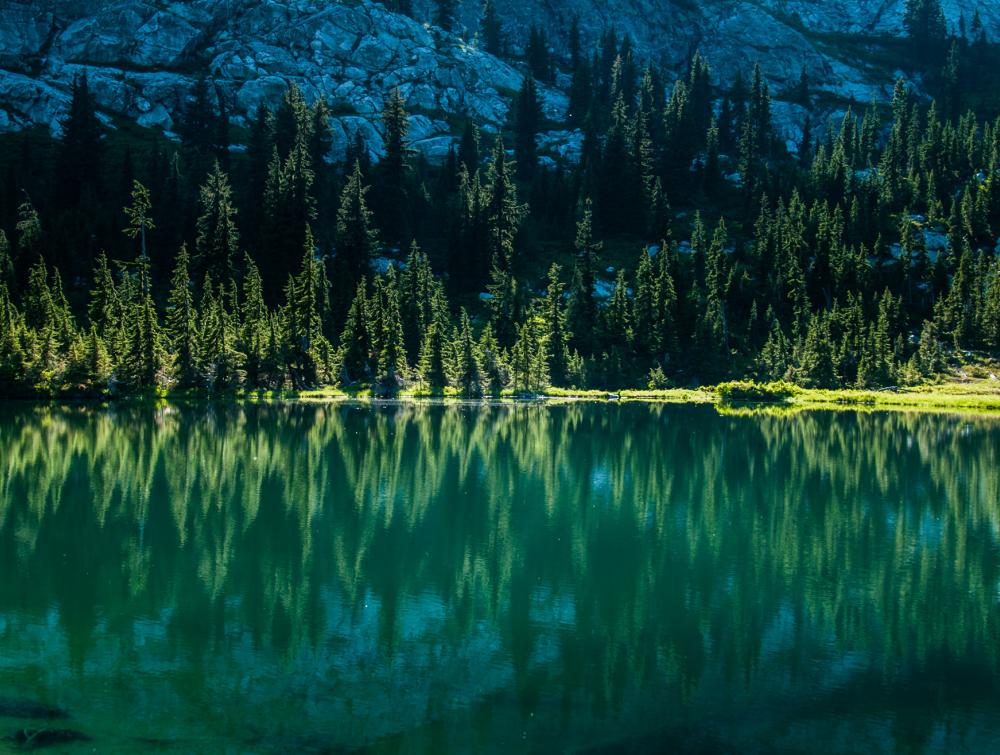
Roadless area in Idaho Panhandle National Forests, Idao
Nelson Gude
Next step would be Senate advancement
Lawmakers just voted to give long-awaited permanent protection to close to 100,000 square miles of U.S. Forest Service land.
On July 29, the House passed a wide-ranging package of bills that included a measure to codify the Roadless Area Conservation Rule of 2001 (commonly called “the Roadless Rule”) for the first time.
Though the rule is decades old, it hasn’t ever been passed by Congress. This makes it vulnerable to the whims of future presidential administrations that may not care about conservation. The recent vote is a step toward making the Roadless Rule permanent and ensuring fringe lawmakers can’t cut state-specific loopholes in it to open wild forests to logging and development, as has happened in the past.
“Our roadless forests, like the Tongass National Forest, provide irreplaceable sources of wildlife habitat, carbon storage, public health benefits and recreation,” said Lydia Weiss, senior director of government relations at The Wilderness Society, in a statement hailing the bill’s passage. “If we are to make any headway at all in mitigating the climate crisis, we need to start by keeping our roadless forests intact and equipping agencies with the resources to strengthen affected communities. We are calling for the Senate to take swift action on this legislation.”
The bill is a step toward making the Roadless Rule permanent and ensuring fringe lawmakers can't cut loopholes in it to open wild forests to logging and development
The next step toward making the Roadless Rule permanent is working for the Senate to advance similar legislation in the coming months. Stay tuned for word on how you can help us do that.
What are “roadless” forests?
The Roadless Rule established that some parts of the National Forest System should not allow road construction, timber harvesting and other development. The forest lands where it is in effect are called "inventoried roadless areas," accounting for nearly 30 percent of national forest land.
Keeping some forest (especially old-growth forest) intact and protected from logging and destructive development is important for ensuring absorption of climate pollution; supplies of clean drinking water; and the survival and vitality of Indigenous communities.
In 2021, a study from Wilderness Society scientists found that roadless forest areas are disproportionately important as habitat for threatened wildlife; of all the “species of conservation concern” considered in the report—including woodland caribou, brown bear and numerous salamander species—57 percent have suitable habitat in roadless areas. Virtually all of these forest sections’ total “roadless” land area contains suitable habitat for at least one of those species.
Past studies have emphasized the importance of roadless areas in protecting watersheds and absorbing climate emissions, and estimated that they provide billions of dollars in value annually from uses like outdoor recreation.
These data argue for even greater protection for roadless areas and strengthening the law that created them. Today, we’re closer than ever to making that a reality. That means taking another step toward the goal of protecting 30 percent of U.S. lands and waters by the year 2030, which experts say is a key step for averting the worst of the climate and extinction crises.
